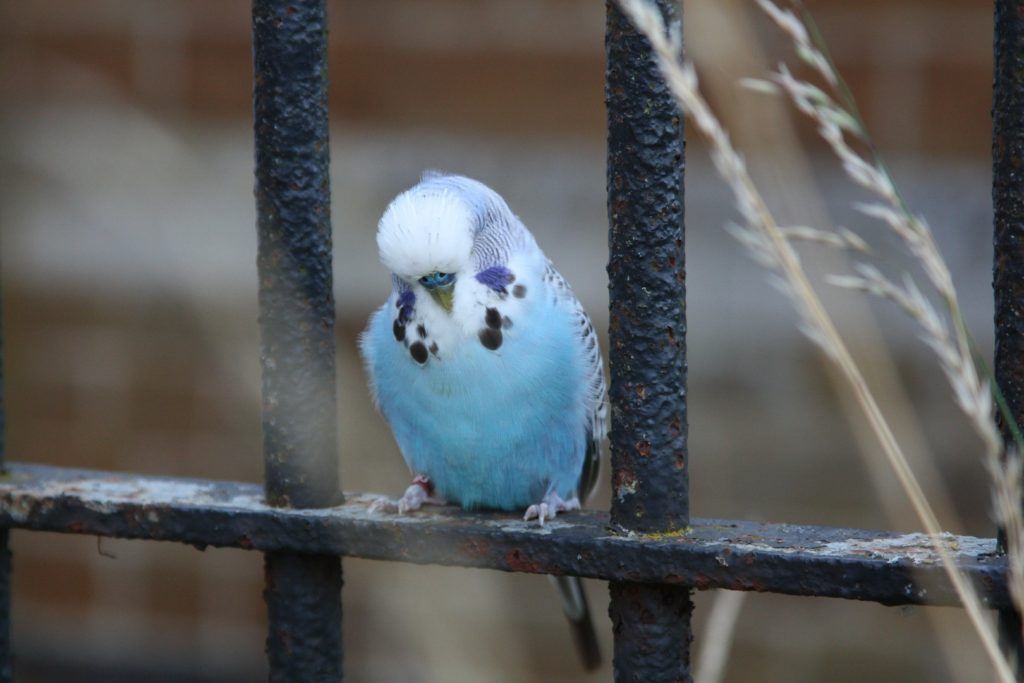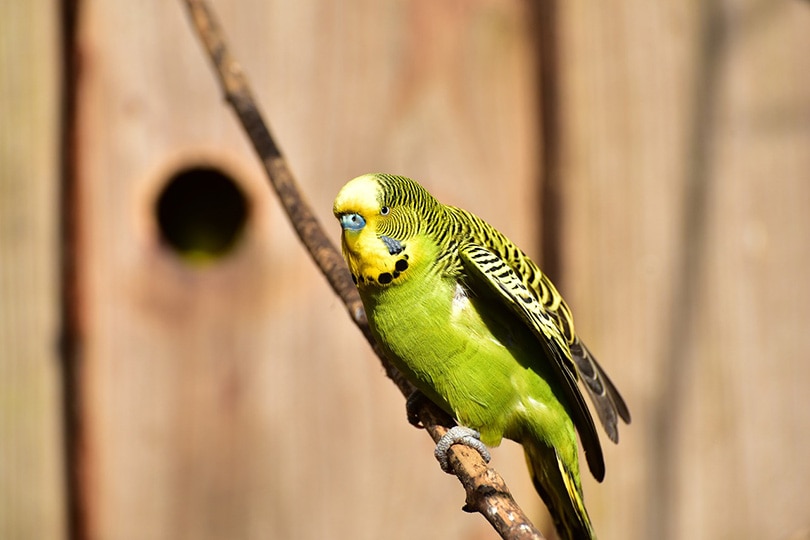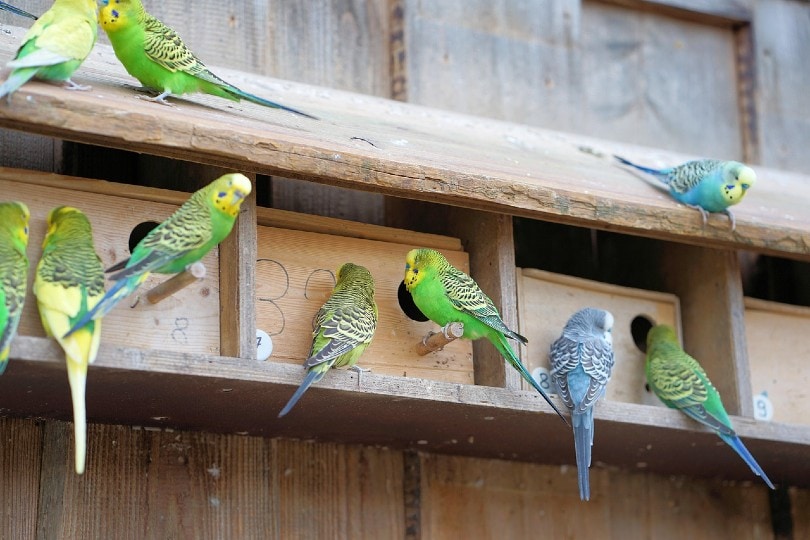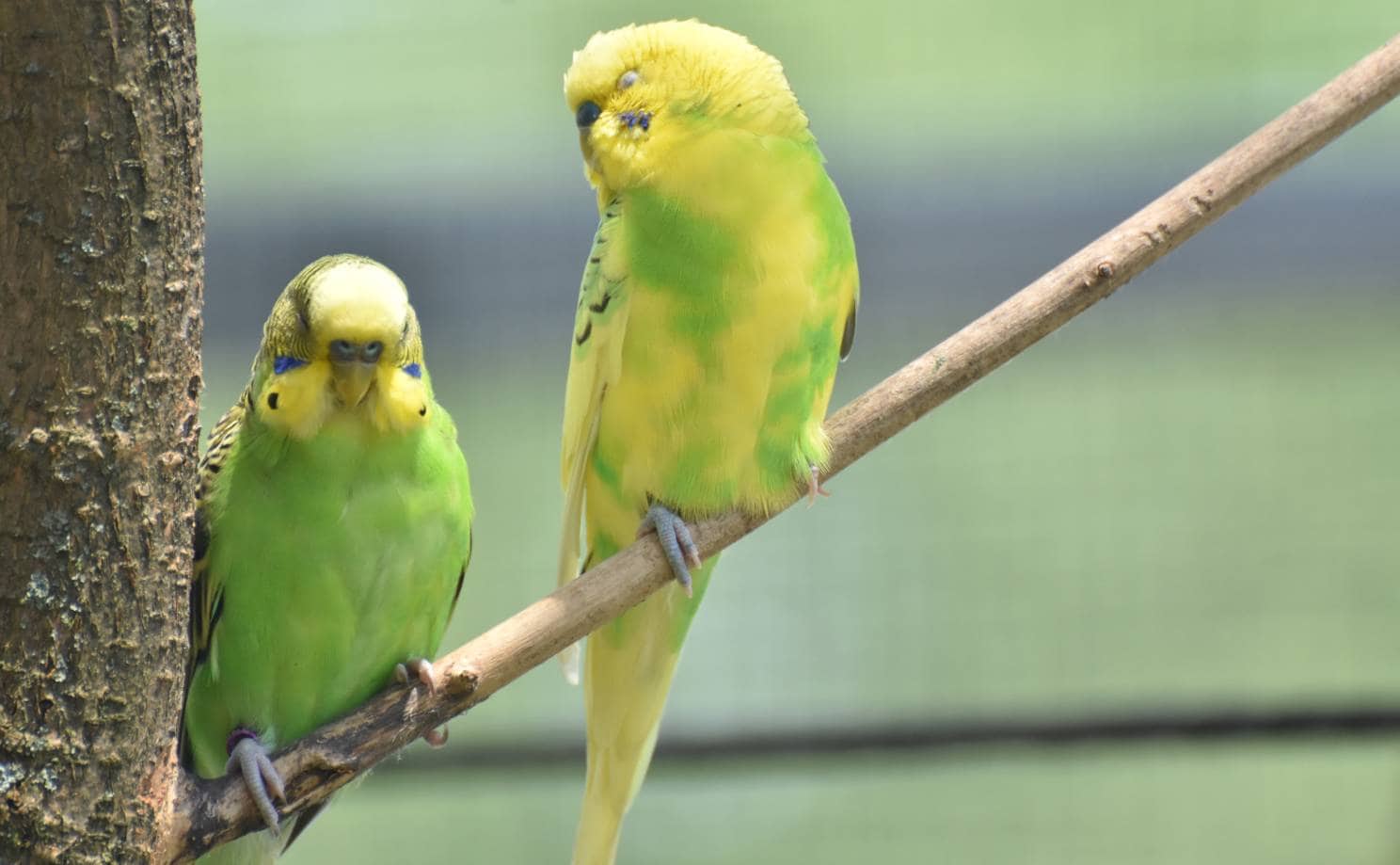
The budgie parakeet is one of the most popular pets in the United States because it’s friendly, has a long lifespan, and is suitable for a small apartment. One of the questions we get most frequently is how to tell the difference between the male and female.
Unfortunately, there are not many differences between the two, and it can be hard to tell the difference with an untrained eye. Keep reading while we show you how to spot the difference immediately so you can learn more about these wonderful birds.
What Is a Budgie?

The budgie, or even better, budgerigar, is the traditional name for a bird we usually call a parakeet in the United States. These small birds come in a wide range of colors and are native to Australia. It’s about seven inches long, and some can even talk.
 The 6 Ways to Identify Male and Female Budgies
The 6 Ways to Identify Male and Female Budgies
1. Males Can Talk
If the birds in question are older, one of the best ways to tell the males from the females s that the males will often learn how to imitate speech. A male budgie named Puck holds the record for learning 1,728 words, and there are several other well-known birds as well, including one that is quite popular on YouTube. The females will make some chatter, too, but it’s much less melodic and sounds angry. If your parakeet species does not talk, it will likely sing soft melodies.

2. Look at the Cere
The cere is a small area right above the beak. Male budgies will usually have a bright blue or purple-colored cere that will be slightly larger than a females cere, which will be smaller and less colorful. Female ceres are typically white, brown, tan, or light pink and will have a rougher texture. All budgies will have the same purple ceres until their first molt, around one year of age, so you cannot tell the males from the female until then.
3. Look at the Feet and Legs
The feet and legs of a male budgie will be blue, resulting from a hormone in their body. On the other hand, females do not have this hormone, so their feet are usually pink or brown. Unfortunately, you can only use this as a secondary clue because all baby birds have pink feet regardless of sex, and though rare, males can have pink feet also.

4. Look at the Body Shape
You can look at the body shape of your birds to help determine what sex they are. Male birds will usually be a little larger than the females and will usually have more vibrant colors, though overall health can dramatically affect the color. The male’s head will also be more round while the females will be flatter.
5. Watch the Budgies Interact

The male budgie will seem friendlier than the female, who will seem more aggressive and standoffish. Males will be curious and come closer to see you, while the females will hang back and observe. The females will also chew on their perch and other toys more often than males, who spend more time bobbing their heads up and down.
6. Genetic Test
If you are not confident in your ability to tell the difference between the male and female budgie yourself, you can take your bird to the local vet and have it genetically tested. Genetic testing may be the most expensive way to learn the sex, but no doubt will remain.
Summary
As you can see, although the male and female budgie look very similar to the untrained eye, to the experienced owner, there are several differences between the two. If you walk into a pet store and have no information about the birds, the cere test will help you identify the birds quickly, while the other tests will likely back it up.
We hope you have enjoyed reading over this short guide and have learned something new about your bird. If we have helped you determine the sex of your pets, please share this guide on how to identify male and female budgies on Facebook and Twitter.
See also:
- Can Pet Birds Be Trained to Live Without a Cage and Not Fly Away?
- How Old Do Budgies Get? (Min & Max Lifespan)
- How to Attract Birds to a Birdhouse(8 Proven Methods)
Featured Image Credit: webandi, Pixabay







